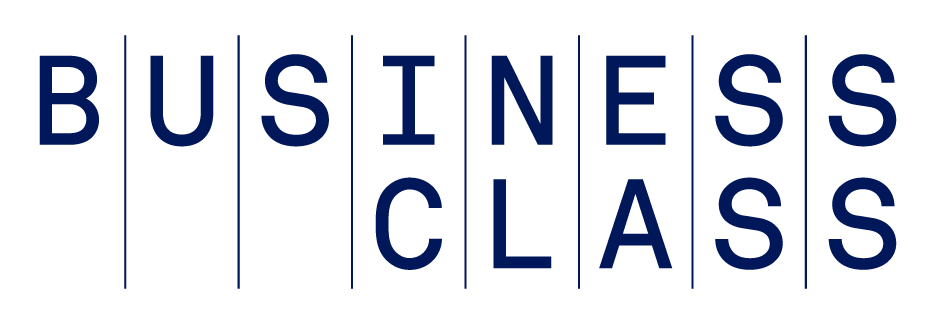Keeping up with trends is crucial for any business that wants to succeed in today’s rapidly changing world. In fact, some firms make it their business to research trends, provide insights and suggest business opportunities.
Based on their prognostications, here are five hot opportunities for 2012.
1. DIY health
According to MobiHealthNews, by the middle of next year there will be 13,000 mobile apps devoted to preventing health problems and monitoring or improving health. Technavio predicts that the market will reach $4.1 billion by 2014.
I recently downloaded a free app by Philips called Vital Signs Camera. The app measures my heart rate and breathing, using my iPad’s built-in camera to watch small changes in the color of my face and chest movements. I showed it to my cardiologist—the department head at one of the best-known hospitals on the West Coast—and he was amazed.
How does a free app help Philips? Well, it sells medical electronics.
2. Cashless shopping
You probably already know that you can use your iPhone to pay for that venti latte at Starbucks or buy a great new accessory at the Apple store. But that’s just the beginning of cashless shopping. In 2012, Google and MasterCard will roll out a new way for businesses to offer deals, track purchases and provide rewards.
Google Wallet went live in October for customers with Android phones. The system is based on MasterCard’s PayPass and Tap & Go technologies that allow you to simply tap a special terminal to pay. It’s only available from a few merchants so far, but it’s clearly the way to pay in the future.
Some years ago, my wife and I ran a “flight-seeing” business. We would have paid a lot to have a simple way to charge someone’s credit card while we were standing on the tarmac at an airport. We sold the business six years ago, but if we had it today, we’d use a Square—a simple little device that plugs into an Apple or Android phone. With it, you can swipe anyone’s card, verify their credit, charge them and pay one simple rate (2.75 percent). That’s a bit higher than some traditional merchant accounts, but if convenience is what you’re after, it’s well worth it.
3. See do
Ubiquitous smartphones are opening entirely new business opportunities. As a nerd, one that fascinates me uses Google Goggles.
Goggles lets me take a picture of something such as a book cover, a landmark, a logo or a piece of art and Google will search for information about it. The program will even translate text on such things as Chinese road signs.
My wife and I recently visited the San Diego Museum of Art. Google’s app and information resources on the Internet made for a very rich experience. Afterward, we went to the annual Spreckels Organ Christmas concert. We used Shazam music-recognition software to find details on a composer and ordered a CD so we could hear more of his music.
Other examples abound. Ralph Lauren uses scannable QR codes to give away US Open tennis tickets and help customers buy products from its website. John Fluevog, a Canadian designer of handmade shoes, molds a QR code into the sole of his clogs that points to a video showing how they are made.
The possibilities are endless.
4. Trading in
Green is good—there’s no news there. But some companies are not only encouraging customers to return old products, they’re using them to create something new.
Patagonia has taken 45 tons of old clothes and turned them into 34 tons of new clothes. Nike has recycled 25 million worn-out shoes by grinding them up and turning them into material to surface playgrounds. Target, Office Depot, Walmart, RadioShack and Best Buy have all jumped on the trade-in wagon.
A business opportunity worth pondering, especially in this economic environment, is how to encourage your customers to consider the trade or resale value of your products when they make a purchase decision. We just sold a two-year-old iPhone that cost us $200 for $150. And we sold our almost four-year-old iMacs that cost us about $1500 for $800.
Your customers want the latest and greatest, they want to be savvy and responsible and they want creative ways to save money. Think about ways to help them return their old products, learn more about what you have and do more with less.
5. Simple sourcing
Crowdsourcing allows people to be part of something big (think Wikipedia) and the idea offers oodles of business opportunities. Think of it this way: People will work for you for free if you make it easy for them.
People in Boston are using an Android app called Street Bump that uses smartphone sensors to report potholes.
Make it easy for your customers and they’ll tell you what they like (and dislike) about your products. Photographers give you images free through Creative Commons licensing or almost free through iStockPhoto. Musicians create tracks and whole songs you can license for free. The opportunities are endless.
Just do it
No, this isn’t another business opportunity, per se. I want to encourage you use these five ideas to shape your vision of what your company can do. Use them to develop new products or services or even whole new businesses.
What other opportunities do you see? What obstacles make it hard to use these ideas? Let's discuss these ideas in the comments.
Tom Harnish is a serial entrepreneur. He has learned what works (and what doesn't) leading projects, products and companies to success (mostly). He can't play a lot of musical instruments.


